Luxury tin container...
Sustainability in Tin Box Packaging: A Step Towards a Greener Future
In recent years, there has been an increasing emphasis on sustainability and environmentally friendly practices across various industries. One area that has gained significant attention is packaging, with businesses and consumers alike recognizing the need to reduce waste and adopt more sustainable alternatives. In this context, tin box packaging has emerged as a viable and eco-friendly option. With its numerous benefits and minimal environmental impact, tin box packaging is paving the way for a greener future.
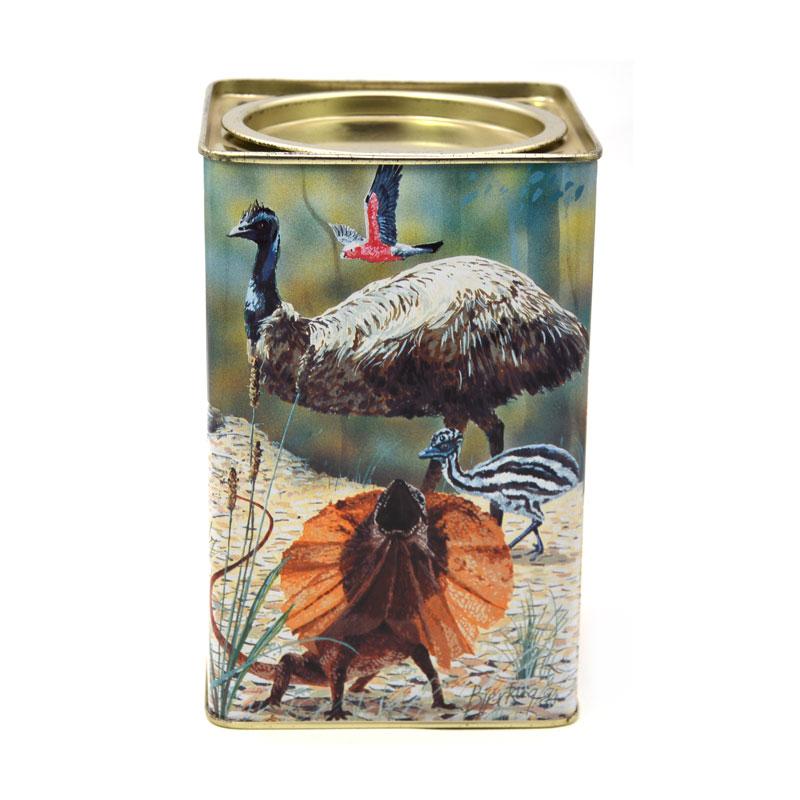
Tin, a versatile and abundant metal, has been used for centuries in various applications. From kitchenware to industrial use, tin has proven its durability and longevity. It is these very characteristics that make tin an excellent choice for packaging materials. Tin boxes offer several advantages over traditional packaging options such as plastic or paper.
First and foremost, tin is a highly recyclable material. Unlike plastic packaging, which often ends up in landfills or litters our oceans, tin boxes can be easily recycled and reused. Tin can be melted down and repurposed repeatedly without losing its properties, making it a truly sustainable choice. Recycling tin also requires significantly less energy compared to producing it from raw materials, resulting in reduced carbon emissions.
Furthermore, tin boxes are known for their durability. They are sturdy and long-lasting, ensuring the protection of the products inside. This durability reduces the need for additional packaging materials, such as bubble wrap or excessive padding, which are often used to protect fragile items. By eliminating the need for these additional materials, tin box packaging reduces waste and minimizes the environmental footprint of the packaging process.
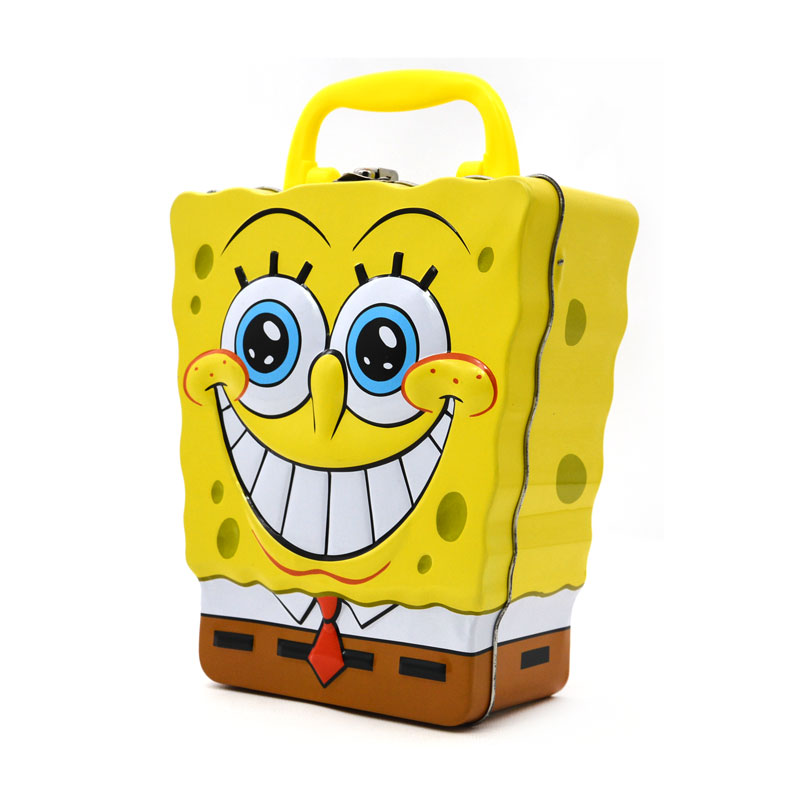
In addition to their recyclability and durability, tin boxes offer excellent protection against light, moisture, and oxygen. This makes them an ideal choice for preserving the quality and freshness of various products, including food, cosmetics, and pharmaceuticals. By extending the shelf life of these products, tin box packaging helps to reduce food waste and contributes to a more sustainable supply chain.
Tin boxes also have aesthetic appeal, making them a popular choice for premium packaging. With their sleek and elegant design, tin boxes create a positive brand image and enhance the overall consumer experience. Many companies have recognized this and are incorporating tin boxes into their packaging strategies as a way to differentiate themselves in the market.
Moreover, tin is non-toxic and poses no harm to the environment or human health. Unlike plastic packaging, which can leach harmful chemicals into the environment, tin boxes are a safe and eco-friendly option. This makes them particularly suitable for packaging food items, where contamination risks must be minimized.
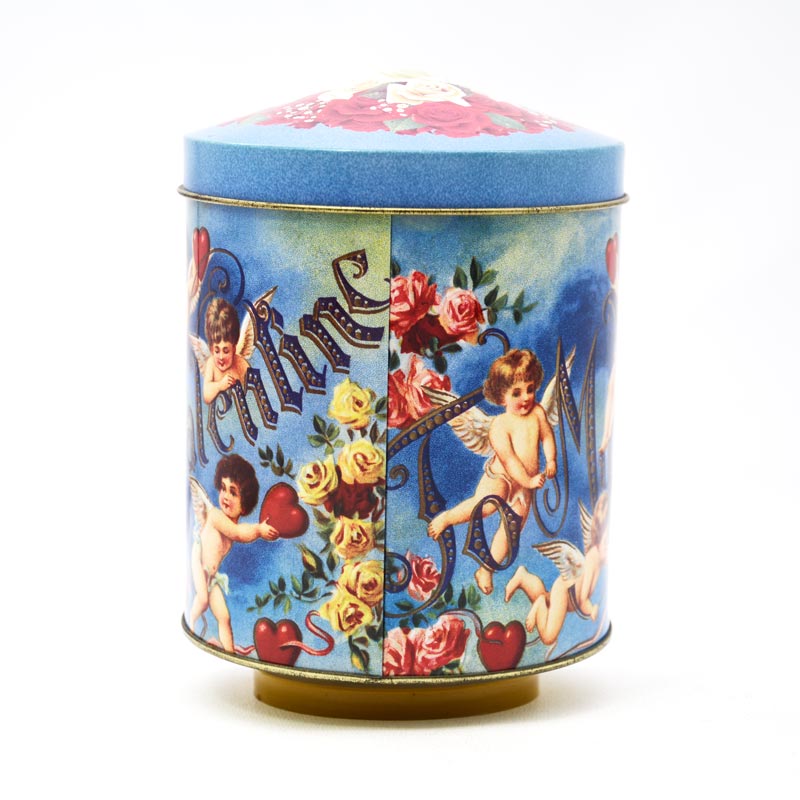
While the benefits of tin box packaging are clear, it is important to note that achieving sustainability requires a holistic approach. This includes responsibly sourcing tin, optimizing production processes to minimize waste, and promoting recycling and reuse initiatives. By working together, businesses, consumers, and policymakers can create a circular economy where tin boxes are recycled and repurposed instead of being discarded after use.
In conclusion, sustainability in packaging is a pressing issue, and tin box packaging offers a viable solution. With its recyclability, durability, and protective properties, tin boxes contribute to waste reduction, carbon emission reduction, and the preservation of product quality. As more businesses and consumers prioritize sustainability, the adoption of tin box packaging is likely to increase, paving the way for a greener future. By embracing this eco-friendly alternative, we can take a significant step towards a more sustainable and environmentally conscious world.
.jpg)



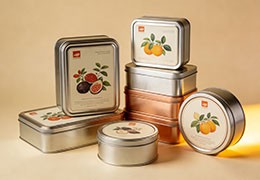
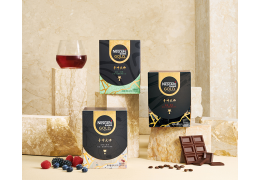
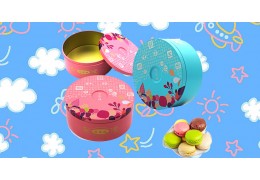
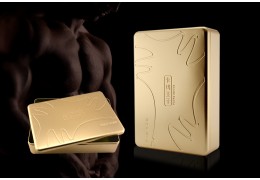
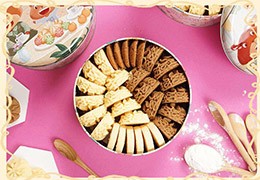
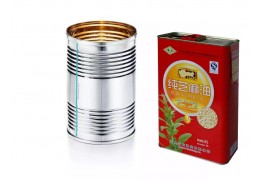

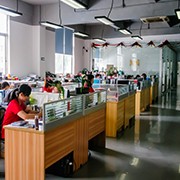

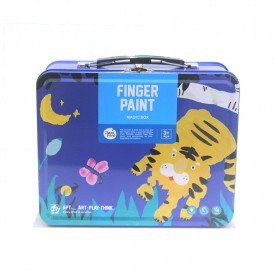
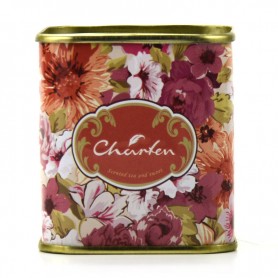
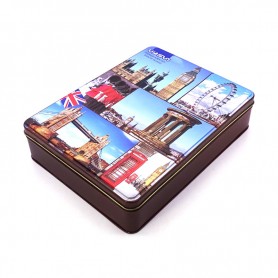
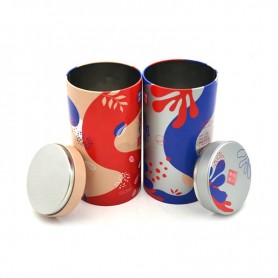

Latest comments